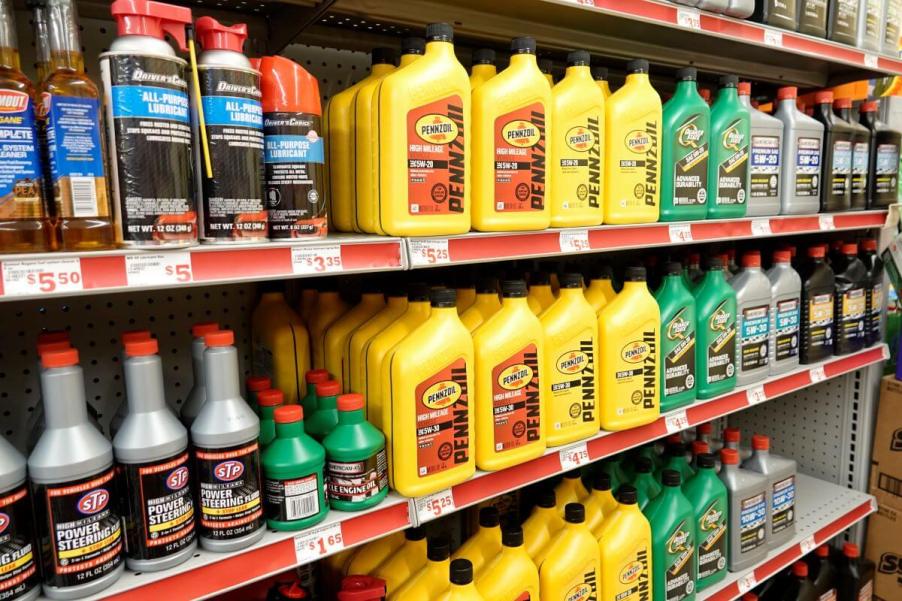
What Is Dielectric Grease and Should You Be Keeping It In Your Garage?
Because of its specific electrical insulation qualities, dielectric grease—also referred to as silicone compound or insulative lubricant—has a special place in the automotive maintenance industry. It is primarily used to strengthen and improve electrical connectors and components in electrical systems. This article will examine the ingredients of dielectric grease, its various uses, situations in which it might not be appropriate to use it, and a critical examination of its need.
What is dielectric grease used for?
Dielectric grease (or DG) is a translucent compound, predominantly silicone-based, and has exceptional insulative qualities. Its structure makes it a good insulator in electrical situations. It is usually made up of a silicone oil base and a thickener, which is usually silica. The silicone oil aspect facilitates lubrication and insulation, making it an excellent choice for electrical systems. Its primary function is to resist the flow of electrical current, establishing it as an effective sealant for electrical connections. The Drive advises using dielectric grease for the following:
1. Electrical joints
Dielectric grease’s widespread use involves fortifying and optimizing electrical joints. It is used on spark plug boots, connectors, terminals, and other similar electrical parts to stop corrosion, lower electrical resistance, and maintain conductivity.
2. Hydrophobic barrier
The way dielectric grease is made creates a hydrophobic barrier, which is very important for electrical connections that can get wet, like those found outside or in cars. This barrier mitigates rust or corrosion formation and protects components from the elements.
3. Preserving rubber and plastic seals
DG extends its utility to preserving the flexibility and longevity of rubber and plastic seals by averting desiccation and enhancing durability. Again, components exposed to the elements are particularly vulnerable, so this grease can help protect them.
4. Automotive integration
In the automotive sector, dielectric grease is essential for ignition systems, spark plugs, distributor caps, and wiring harnesses. Its application assures optimal performance and endurance of these critical components.
Where should you NOT use dielectric grease?
Although dielectric grease is very helpful in some areas, there are some situations where using it is not recommended:
1. Threads and kinetic components
Don’t use dielectric grease on threads or moving parts because it can cause them to slip or seize.
2. Braking mechanisms
DG is unsuitable for brake components, including pads, calipers, or rotors, due to the high temperatures caused by the brakes. Its use may compromise braking efficiency and safety.
3. High-temperature settings
In environments exposed to exceptionally high temperatures, using dielectric grease is not a good idea. It may degrade or liquefy, potentially causing operational complications and damaging components.
Do you really need dielectric grease?
Dielectric grease requirements depend on the intended use and electrical needs of the application. This grease comes in very handy when it comes to electrical connections that are exposed to the elements or could get wet, especially in automotive settings. It prevents corrosion, guarantees unhindered electrical conductivity, and extends the life of electrical components.
However, in situations where dielectric properties are not needed, using a normal grease or lubricant suitable for the job is still a smart thing to do.
Dielectric grease is a handy tool for keeping electrical connections working well and lasting a long time, especially in harsh conditions. It’s important to remember that DG should never be used in place of a lubricant such as oil or grease. To maximize its benefits and ensure safe and efficient use, it is essential to understand its limitations and appropriate applications. It is crucial to follow industry guidelines and manufacturer specifications when applying dielectric grease.



